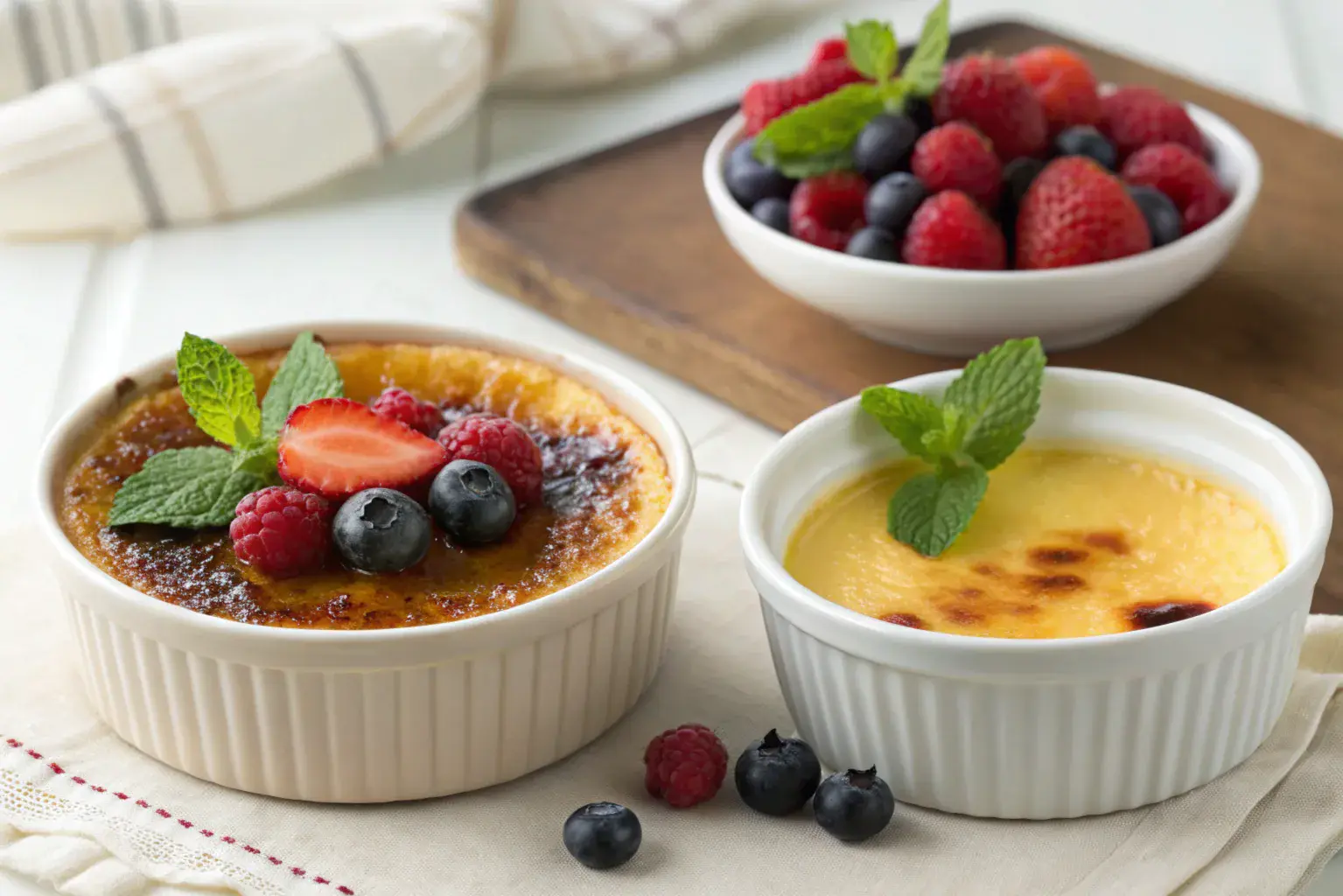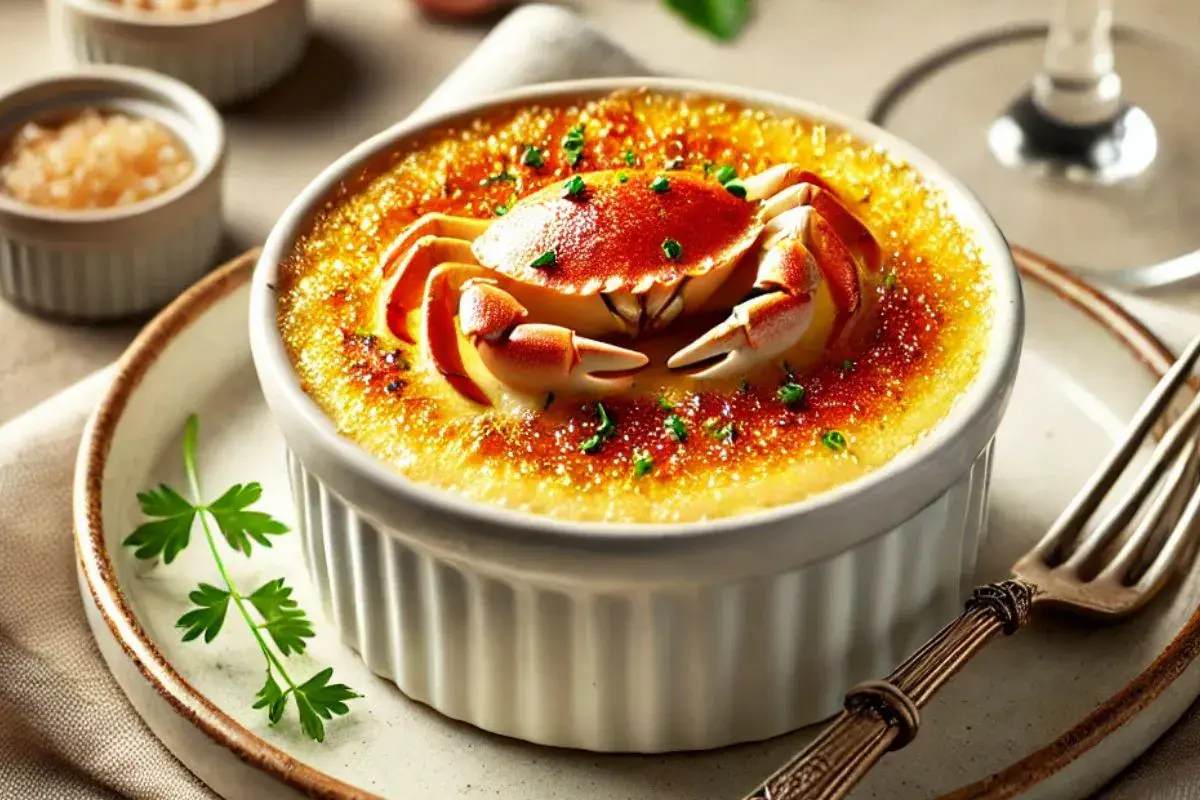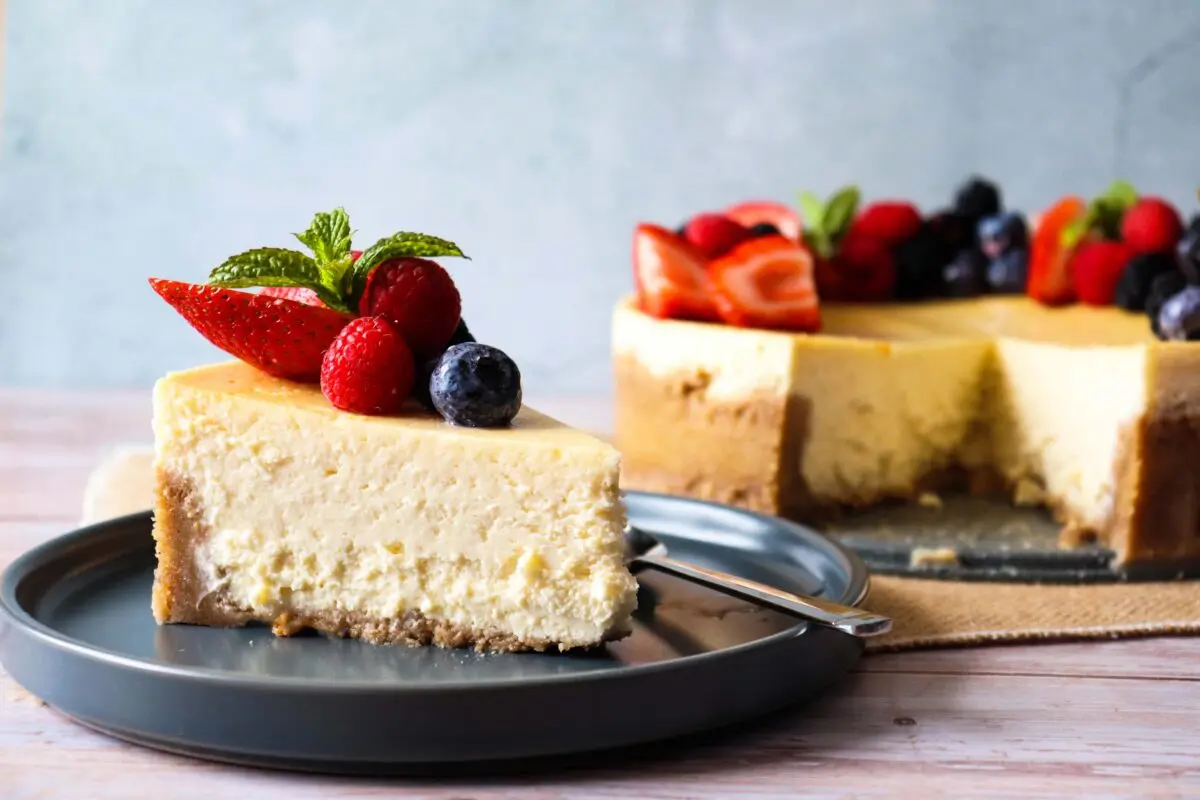Crème Brûlée vs. Custard: Unveiling the Key Distinctions

Crème brûlée and custard are both beloved desserts, often featuring a rich, creamy base. While they share similarities that can lead to confusion, key differences in their preparation, texture, and presentation set them apart. Understanding these distinctions will not only impress your dinner guests but also allow you to appreciate the unique qualities of each delectable treat. Let's delve into the nuances that make crème brûlée and custard two distinct culinary experiences.
The Signature Crust: Crème Brûlée's Defining Feature

The most significant difference between crème brûlée and custard lies in its signature caramelized sugar topping. The term "crème brûlée" literally translates to "burnt cream," and this perfectly brittle, crackable layer of sugar is what truly defines the dessert. This iconic crust is achieved by sprinkling a thin layer of granulated sugar over the chilled custard base and then using a kitchen torch or broiler to caramelize it until it's golden brown and crisp. Traditional custard, on the other hand, does not feature this burnt sugar topping and is typically served plain or with a soft sauce or fruit.
Ingredients and Texture: Subtle but Significant Variations

While both desserts rely on a base of cream, eggs, and sugar, subtle variations in the ratio of these ingredients can influence the final texture. Crème brûlée typically uses a higher proportion of egg yolks, resulting in a richer, denser, and more intensely flavored custard. Traditional custard recipes can sometimes utilize whole eggs or a combination of yolks and whites, leading to a slightly lighter and less intensely eggy texture. Both desserts are baked in a water bath (bain-marie) to ensure gentle and even cooking, resulting in a smooth and creamy consistency.
Serving Style and the Overall Sensory Experience

The serving style further emphasizes the differences between these two desserts. Crème brûlée is traditionally served in shallow ramekins, allowing for a wider surface area for the signature caramelized topping. The experience of tapping your spoon to crack through the crisp sugar crust before reaching the cool, creamy custard beneath is a key part of its appeal. Custard, on the other hand, can be served in various dishes or even unmolded. It often accompanies other elements like fruit, sauces, or as a component in more complex desserts. Ultimately, while both offer a creamy indulgence, the textural contrast of the crunchy topping against the smooth base is the defining characteristic that distinguishes crème brûlée from its simpler custard cousin.
Recommended

Every Cheesecake Factory Cheesecake Flavor Ranked

The Parchment Paper Trick For Better Purees

What To Do With Tough Cabbage Rolls (And How To Prevent Them)

The Absolute Best Type Of Fish To Blacken
Next up

